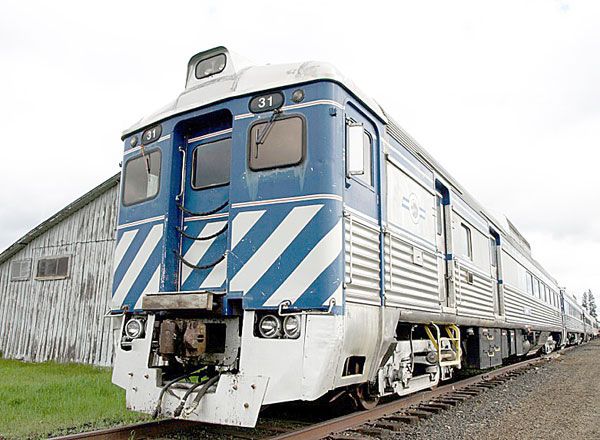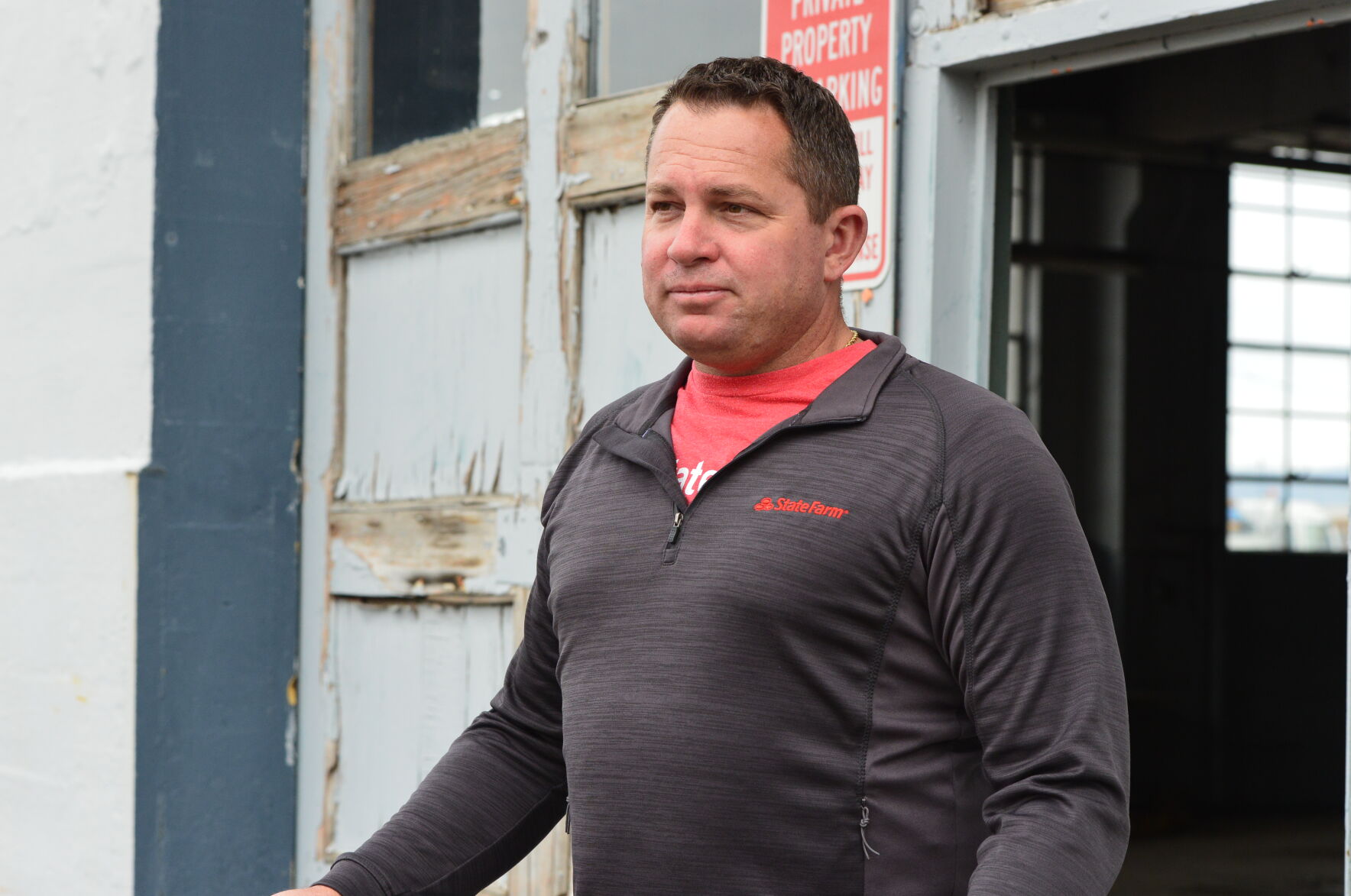WURR sells railcars, then they get derailed
Published 11:16 am Friday, June 28, 2013

- Before their recent sale, Wallowa Union Railroads Budd rail diesel cars were in storage at the railroads Elgin railyard. They have been damaged in a derailment. (Chuck Anderson/For The Observer)
Wallowa Union Railroad’s historic Budd rail diesel cars, fresh from being sold, were damaged last week in a derailment on their way to a new home in Idaho.
The trio of self-propelled RDCs had been sold to Idaho Northern and Pacific Railroad for use on the Thunder Mountain Line, its excursion operation in Horseshoe Bend, 28 miles north of Boise.
Union County Commissioner Mark Davidson, who manages the railroad, confirmed the wreck but said he had no information on the extent of damage. They had been moved by Idaho Northern from WURR’s Elgin rail yard to La Grande, where Union Pacific Railroad coupled them into a freight train.
They were among 27 cars that left the rails on the train near Durkee, south of Baker City, on June 16. The RDCs were reported Wednesday to be stored on a siding east of Durkee near the Ash Grove Cement plant.
It’s unknown whether they are too damaged to be moved or merely awaiting inspection as part of the derailment investigation.
Davidson said Idaho Northern paid $115,000 for the cars several weeks before they began the move to Idaho.
Chris Bertel, Idaho Northern vice president in charge of the Thunder Mountain Line, declined Wednesday to discuss what he termed “the incident,” but confirmed that the storied cars had not yet arrived at his railroad. He said an investigation is ongoing and lawyers are involved.
UP spokesmen did not respond to an email and a phone message by Thursday afternoon.
A knowledgeable rail industry official wrote on an Internet discussion board that UP requires passenger cars to be carried at the rear of a freight train to minimize possible derailment damage, but that the RDCs were mid-train.
When the train arrived at UP’s Hinkle railyard near Hermiston, supervisors questioned the RDCs’ placement, but were overruled and the train continued toward Idaho, the official said.
The streamlined aluminum cars, built in 1956 by the Budd Co. of Philadelphia, operated on the British Columbia Railway for several decades and still carried BCRail numbers 10, 11 and 31.
The RDCs had been acquired from BCRail by the Oregon Department of Transportation. Thousands of visitors rode them as the Lewis and Clark Explorer, which ran along the Columbia River between Portland and Astoria from 2003 to 2005 as part of the bicentennial celebration of the Lewis and Clark expedition.
The cars still are emblazoned with red, blue and gold Lewis and Clark Explorer symbols.
After the celebration, ODOT sold them to WURR, which used them for a time on the Eagle Cap Excursion Train. WURR financed the purchase with a grant from ODOT’s ConnectOregon program. Davidson said ODOT will allow WURR to keep the Idaho Northern payment so long as the funds are used for excursion-train purposes.
Primarily because of their age, the cars proved too costly to operate and maintain and had been shunted onto a siding at WURR’s Elgin yard for the past several years while the railroad tried to sell them. With their bold blue-and-white stripes, they were visible to passing motorists on Oregon Highway 82.
An economic problem was that even if they were used simply as passenger cars they still were required to undergo an expensive locomotive inspection every 92 days mandated by the Federal Railroad
Administration.
In 2012, the RDCs were to be reactivated for service between Joseph and Enterprise by Court Hammond, who contracted to operate the railroad under the name Wallowa Union Scenic Railway, but that never happened. Hammond’s contract was canceled by WURR directors following several breaches.
Because rail diesel cars can operate singly or in a short train, they are suited for duty where passengers are too few to justify a longer train with a locomotive. Because only 398 RDCs were manufactured by Budd between 1949 and 1962, they are collector’s items. A few still are in excursion service in the U.S. and Canada. Others are in museums.





